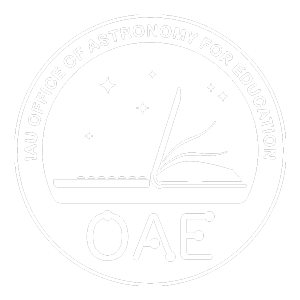Remote Observing
Parallel Session
3rd Shaw-IAU Workshop on Astronomy for Education
Session timeblocks
Tuesday Oct. 12, 2021
UTC: 5 p.m. -
6:30 p.m.
America/New_York:
1 p.m.-
2:30 p.m.
Thursday Oct. 14, 2021
UTC: 9 a.m. -
10:30 a.m.
America/New_York:
5 a.m.-
6:30 a.m.
Schedule
-
How to realize a Remote Telescope in Education
Tuesday Oct. 12, 2021
UTC: 5 p.m. - 5:10 p.m. America/New_York: 1 p.m.- 1:10 p.m.Thursday Oct. 14, 2021
UTC: 9 a.m. - 9:10 a.m. America/New_York: 5 a.m.- 5:10 a.m.With the spread of the Internet in remote locations, there is now the possibility of setting up high-quality telescopes in good locations that can be used for educational purposes. However, it is not enough to just set up the telescope in a good location and offer high-quality pictures. Equally important is the provision of a user-friendly interface and coordinated, tried-and-tested teaching materials like worksheets and additional information, since teachers often have neither the time nor the specific background knowledge to develop appropriate materials in everyday school life. This paper presents important aspects of setting up a remote telescope using the example of the Stellarium Gornergrat in Switzerland, including the possibilities of international collaboration.
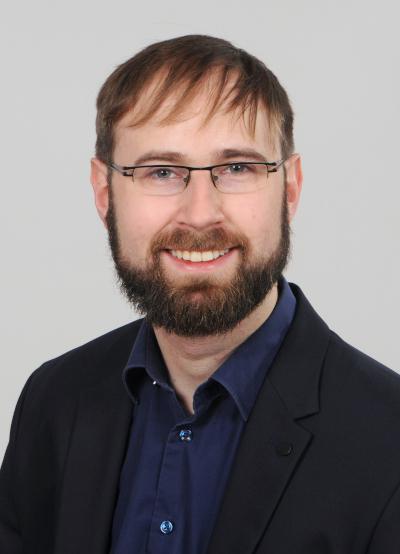
Sascha Hohmann (IPN - Leibniz Institute for Science and Mathematics Education)
Coauthors: Stéphane Gschwind (Université de Genève), Andreas Müller (Université de Genève), Jeffrey Nordine (University of Iowa), Timm-Emanuel Riesen (Universität Bern)
For more information about this talk click here
-
Management of a project that involves observations with remote telescopes and data reduction.
Tuesday Oct. 12, 2021
UTC: 5:10 p.m. - 5:20 p.m. America/New_York: 1:10 p.m.- 1:20 p.m.Thursday Oct. 14, 2021
UTC: 9:10 a.m. - 9:20 a.m. America/New_York: 5:10 a.m.- 5:20 a.m.In the inquiry-based Astrolab program, undergraduate students plan observations with remote telescopes from Las Cumbres Observatory, and transform them into a scientific result. It's a learning-by-doing tutorial to understand the complexity of practical work through the interdisciplinary aspect of Astronomy. The students take an active role in determining how to collect and analyze data to fulfill the goal of the lab. Thus, students engage more thoroughly in the scientific process. But it is also more challenging for the tutor, as these labs can be harder to supervise. Students lacking experience in the process may require significant coaching and assistance. However, the positive learning experiences are considerable. Therefore, a project management for tutors was developed.
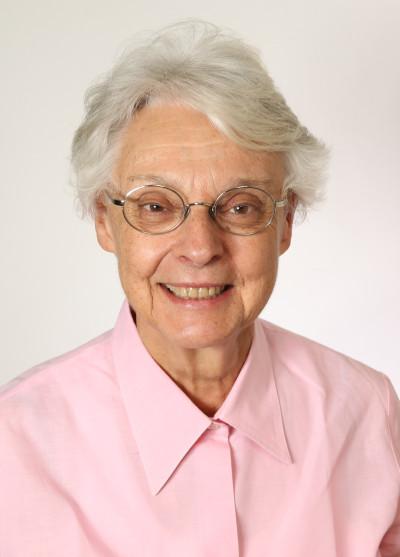
Michele Gerbaldi (Institut d'Astrophysique de Paris (IAP))
Coauthors: Jean-Pierre De Greve (Vrije Universiteit Brussel (VUB)), Nicole van der Bliek (NSF's National Optical-Infrared Astronomy Research Laboratory (NOIRLab))
For more information about this talk click here
-
Engaging young audiences in remote observing: A case study with “Serol’s Cosmic Explorers”
Tuesday Oct. 12, 2021
UTC: 5:20 p.m. - 5:30 p.m. America/New_York: 1:20 p.m.- 1:30 p.m.Thursday Oct. 14, 2021
UTC: 9:20 a.m. - 9:30 a.m. America/New_York: 5:20 a.m.- 5:30 a.m.Currently, many robotic telescope projects require prior astronomy knowledge and scientific skills. These investigations appeal mainly to older students. Reaching younger audiences requires a different approach. One technique is to introduce remote observing and astronomy through interactive challenges and character-based narrative. Journeying through missions with clear goals and simple follow-up investigations makes observing accessible to new audiences. Incorporating many materials - such as videos, workshops and games - can create a cohesive, simple and fun environment for learning. In this talk I will discuss the practical elements of this approach, using our project “Serol’s Cosmic Explorers” as a case study.
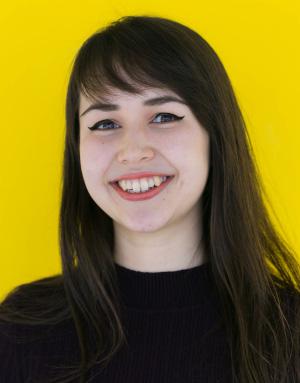
Alice Hopkinson (Las Cumbres Observatory)
For more information about this talk click here
-
Things that stop teachers doing robotic astronomy education.
Tuesday Oct. 12, 2021
UTC: 5:30 p.m. - 5:40 p.m. America/New_York: 1:30 p.m.- 1:40 p.m.Thursday Oct. 14, 2021
UTC: 9:30 a.m. - 9:40 a.m. America/New_York: 5:30 a.m.- 5:40 a.m.Teachers are the gatekeepers of access to students and also direct activity undertaken by students in the classroom. If we are to embed this technology into schools beyond the gifted and talented, we need to address the needs of everyday teachers. These needs are amplified for schools in poorer, rural and underserved communities. In this talk, research on the needs and blocking factors identified by teachers for robotic telescopes usage are outlined and some examples of how to address these needs are identified. This talk is particularly suited to projects attempting to engage multiple schools.
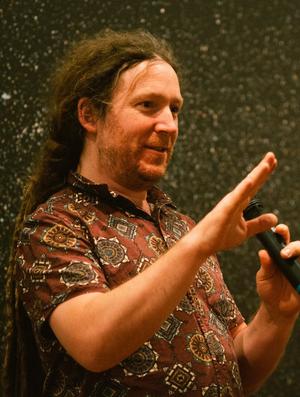
Michael Fitzgerald (Edith Cowan University Perth)
For more information about this talk click here
-
STEM education with robotic telescopes: lessons from a multi-approach project
Tuesday Oct. 12, 2021
UTC: 5:40 p.m. - 5:50 p.m. America/New_York: 1:40 p.m.- 1:50 p.m.Thursday Oct. 14, 2021
UTC: 9:40 a.m. - 9:50 a.m. America/New_York: 5:40 a.m.- 5:50 a.m.Within the field of educational projects with robotic telescopes there is a variety of approaches: activities or research projects with pre-observed data, pre-designed observations of selected objects, guided research projects and authentic astronomical investigations, using either remote-controlled or automatic observations. The Educational Project with Robotic Telescopes (PETeR) of the Instituto de Astrofsica de Canarias offers all these types of models through collaborations with institutions owning robotic telescopes. In this talk I will review the advantages and disadvantages that we have identified of each approach, the type of user that prefers each of them, and the resources, training and support that users of educational projects require to be able to develop them effectively.
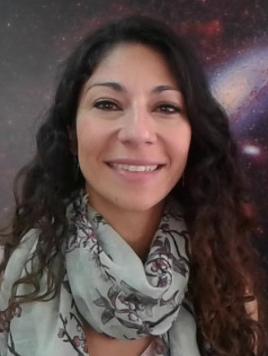
Nayra Rodríguez Eugenio (Instituto de Astrofísica de Canarias (IAC))
For more information about this talk click here
-
Broadening Participation in Remote Observing: Strategies gleaned from 25 years of MicroObservatory
Tuesday Oct. 12, 2021
UTC: 5:50 p.m. - 6:05 p.m. America/New_York: 1:50 p.m.- 2:05 p.m.Thursday Oct. 14, 2021
UTC: 9:50 a.m. - 10:05 a.m. America/New_York: 5:50 a.m.- 6:05 a.m.The MicroObservatory telescope network has been in continuous use by hundreds of thousands of learners worldwide since 1996. From more than 2 decades of research and development facing many challenges and some success, we report on: 1) findings from research that provide actionable evidence for what works; 2) some new tools and promising techniques (ours and others’) for engaging new audiences in remote observing; 3) a practitioner’s perspective on how and why the incredible potential of authentic STEM learning through remote astronomical observing platforms has not (YET) been realized; and 4) how participants in this IAU workshop can help to meet this potential through the broadening of participation to communities of learners that have been marginalized from deep STEM engagement
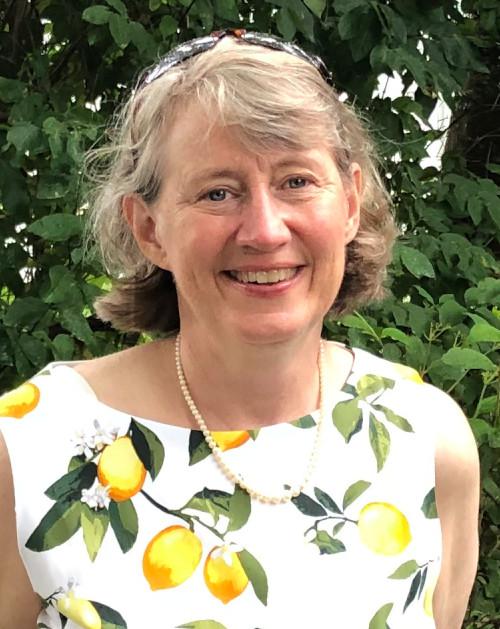
Mary Dussault (Harvard-Smithsonian Center for Astrophysics)
For more information about this talk click here
-
Discussion Panel: Remote Observing
Tuesday Oct. 12, 2021UTC: 6:05 p.m. - 6:30 p.m. America/New_York: 2:05 p.m.- 2:30 p.m.
Thursday Oct. 14, 2021
UTC: 10:05 a.m. - 10:30 a.m. America/New_York: 6:05 a.m.- 6:30 a.m.Chair:
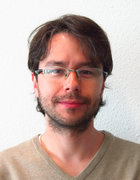
Eduardo Monfardini Penteado
Panel: Mary Dussault
(Harvard-Smithsonian Center for Astrophysics), Michael Fitzgerald
(Edith Cowan University Perth), Michele Gerbaldi
(Institut d'Astrophysique de Paris (IAP)), Sascha Hohmann
(IPN - Leibniz Institute for Science and Mathematics Education), Alice Hopkinson
(Las Cumbres Observatory), Nayra Rodríguez Eugenio
(Instituto de Astrofísica de Canarias (IAC))
Posters
-
Awesomeness in Remote Observing the Universe
Eamonn Ansbro (Space Exploration Ltd)
Students can be encouraged to astronomy by what I call the ‘Amazing Astronomy Programme Initiative’. Its important that students own projects and feel connected in an exciting new way of using remote observing. Students carry out astronomy observations and research projects using robotic telescopes from there schools and colleges. Projects of interest can be adaptable with hands-on activities focusing on concepts in astronomy, digital imaging, light & colour, etc. These elements alone are designed to support authentic inquiry: e.g. requesting images with a robotic telescope; using image processing software to enhance and make measurements of images; asking questions; connecting science to everyday life.
-
The HR Diagram with remote telescopes at LCO
Priya Shah Hasan (Maulana Azad National Urdu University, Hyderabad), S N Hasan
With the lack of dark skies, the pleasure of doing astronomical observations with telescopes has been very strongly affected. The experience of obtaining live astronomical data is a very important step in Data Analysis. In partnership with the Las Cumbres Observatory, we are training students to observe star clusters, open and globular. We teach them processing of the images and photometry. They finally make Hertzsprung-Russell diagrams of the clusters to study stellar evolution.
-
The sky at your home: remote observation talks to the public while observing the sky
Josina Nascimento (National Observatory), Eugênio Reis Neto e Marcello De Cicco (ON/MCT), Leandro Guedes e Wailã Cruz (Planetário do Rio), Wagner Corradi e Mariângela Oliveira-Abans (LNA/MCTI), Claudia Mattos (MAST/MCTI), Gabriel Hickel (UNIFEI), James Solon (AstroPE), David Duarte e Romualdo Caldas (CEAAL), Marcelo Domingues e Maciel Sparrenberger (CASB), Erick Couto (AstroAra), Ariel Adorno (CAR), José C. Diniz (CANF), Sérgio Lomônaco (Espaço Ciência Viva), Heliomarzio Moreira (Seara da Ciência), Daniel Raimann (UDESC)
Opening domes and offering the sky through telescopes has always been one of the moments of greatest encounter between researchers, students, educators, family members and for everyone who wants to know a little bit about the universe. Because of the pandemic caused by SARS-CoV-2, we teamed up with amateur astronomers from various locations in Brazil, which is vast in latitude and longitude, to show the sky through their telescopes. Since June 2020 until now they have formed 19 remote observation lives of the sky, where we show the moon, planets, star clusters, nebulae, galaxies and comets.Both amateur and professional astronomers are involved in the project and some of them are teachers as well.Lives last about four hours and have hundreds to thousands of people watching and interacting




